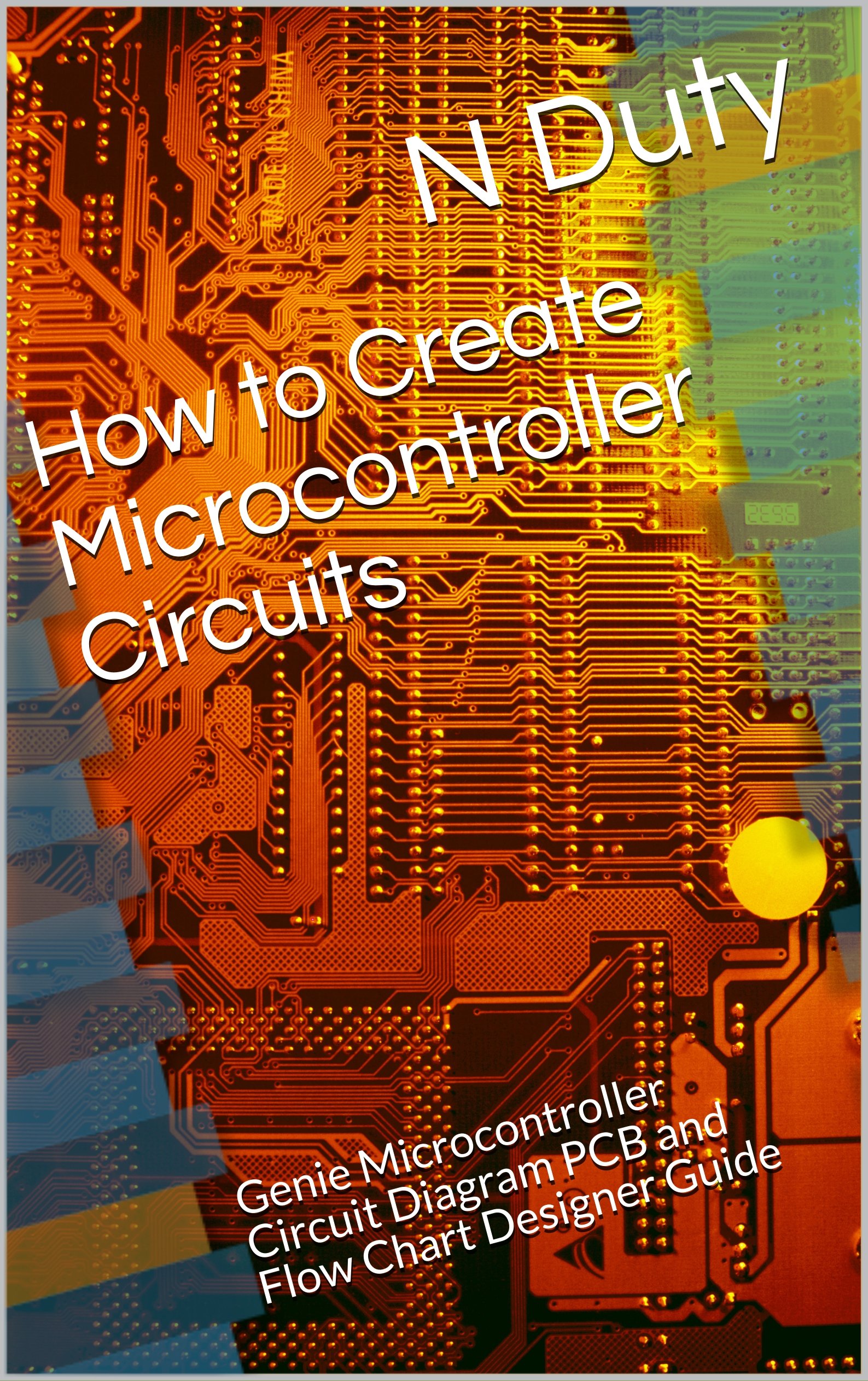In today’s fast-paced world, microcontrollers play a crucial role in countless real-life applications, from smart home devices to medical equipment.
Understanding Microcontrollers

Understanding **microcontrollers** is crucial when it comes to their **applications** in real life. These small **computers** are embedded in various devices, from home appliances to consumer electronics, and play a vital role in **automation** and control systems.
Microcontrollers are commonly used in devices such as washing machines, refrigerators, and microwave ovens to **monitor** and **control** functions like temperature, timers, and pumps. They can also be found in more advanced applications like robotics, medical devices, and smartphones, where they handle tasks like signal processing and data transmission.
With their **ability** to execute **instructions** and interact with the surrounding environment through sensors and input/output interfaces, microcontrollers are essential components in modern **technology**. Whether it’s managing a conveyor system in a factory or powering a digital signal processor in a mobile device, these devices are at the heart of many **innovative** solutions.
Microcontroller Applications
| Application | Description |
|---|---|
| Automotive systems | Microcontrollers are used in various automotive systems such as engine control units, airbag systems, and anti-lock braking systems. |
| Home appliances | Microcontrollers are used in home appliances like washing machines, refrigerators, and microwave ovens to control their functions. |
| Medical devices | Microcontrollers are used in medical devices such as pacemakers, insulin pumps, and blood glucose monitors for monitoring and controlling patient health. |
| Industrial automation | Microcontrollers are used in industrial automation systems to control machinery, monitor production processes, and optimize efficiency. |
| Consumer electronics | Microcontrollers are used in consumer electronics like smartphones, smart TVs, and gaming consoles for various functions and features. |
Consumer Electronics
One common application of microcontrollers is in controlling the timing and operation of devices such as pumps, sensors, and motors in appliances like washing machines and refrigerators. These devices rely on EEPROM and flash memory to store program instructions and data for smooth operation.
In mobile devices and tablets, microcontrollers manage power consumption, interface with touchscreens, and handle wireless communication. The ARM architecture family is commonly used in these devices due to its energy-efficient design and high performance.
Microcontrollers are also utilized in robotics for tasks like motor control, sensor interfacing, and decision-making algorithms. They play a crucial role in ensuring the precise movement and operation of robotic arms, conveyor systems, and other automated equipment.
Understanding microcontroller applications in real life can open up a world of possibilities for tech enthusiasts and professionals looking to enhance their skills in embedded systems and IoT development. By delving into Linux training, individuals can gain hands-on experience in programming microcontrollers and creating innovative solutions for the consumer electronics industry.
Transportation
Microcontrollers are also used in traffic management systems to monitor and control traffic lights, collect data, and analyze traffic flow. These systems help in reducing congestion and improving overall transportation efficiency.
Moreover, microcontrollers are integrated into public transportation systems to manage schedules, monitor vehicle conditions, and enhance passenger safety. These systems rely on **EEPROM** and **RAM** for storing data and executing complex instructions.
In the automotive industry, microcontrollers are used in engine management systems, transmission control units, and vehicle safety systems. They enhance performance, optimize fuel efficiency, and ensure a safe driving experience for users.
Office
For instance, a microcontroller can be used to monitor printer usage and automatically reorder supplies when levels are low. This not only saves time but also ensures that the office always has the necessary materials on hand. Additionally, microcontrollers can be integrated into office lighting systems to optimize energy usage based on occupancy or natural light levels.
Incorporating microcontroller technology into office equipment like copiers or HVAC systems can lead to improved performance and reduced maintenance costs. By automating routine tasks and monitoring equipment performance, office managers can ensure that everything runs smoothly without the need for constant oversight.
Medical Applications
The use of microcontrollers in medical applications has revolutionized the healthcare industry by enhancing patient care and improving treatment outcomes. From controlling drug dosages to monitoring vital signs, microcontrollers play a vital role in ensuring the effectiveness and safety of medical devices.
Furthermore, microcontrollers enable the integration of various sensors and actuators in medical devices, allowing for real-time data acquisition and processing. This results in better diagnostic capabilities and improved patient care.



